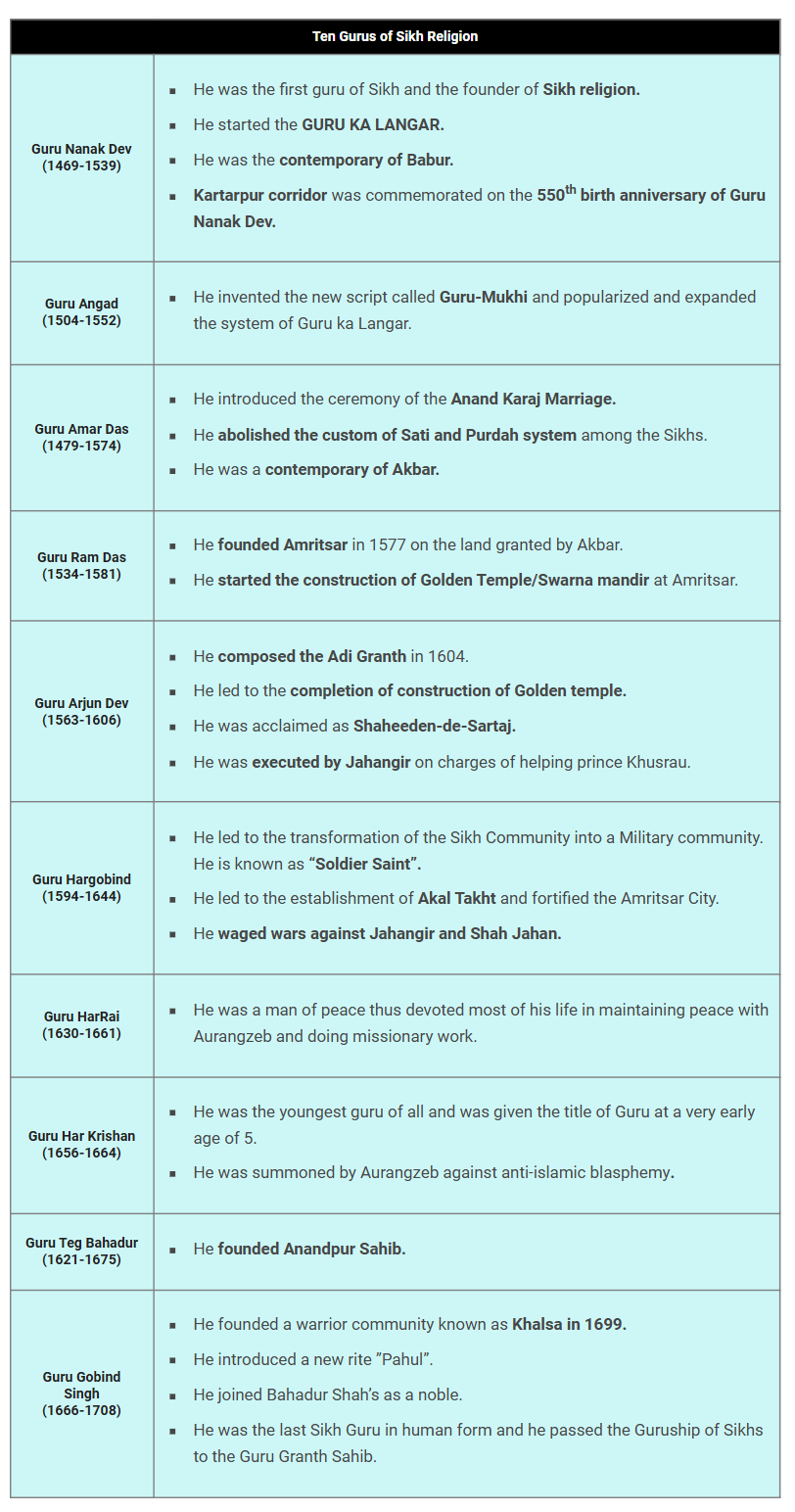350th Martyrdom Anniversary of Guru Tegh Bahadur | 26 Aug 2025
Why in News?
The Haryana Legislative Assembly unanimously passed a resolution to honor Guru Tegh Bahadur on his 350th martyrdom anniversary and announced plans for a major event in Kurukshetra on 25 November, featuring religious processions.
- He made the supreme sacrifice in November 1675 at Chandni Chowk, Delhi, defending the right to religious freedom.
Key Points
- Tribute to Guru Tegh Bahadur: Chief Minister Nayab Singh Saini presented a resolution highlighting that spreading Guru Tegh Bahadur's teachings of mutual cooperation and brotherhood is the best tribute to his sacrifice.
- The resolution also recalled the martyrdom of Guru Tegh Bahadur’s followers, Bhai Mati Das, Bhai Sati Das, and Bhai Dayala, who laid down their lives with unshakable faith.
- Connection with Haryana: Guru Tegh Bahadur visited several places in Haryana during his travels, including Kurukshetra, Pehowa, Kaithal, Jind, Ambala, Cheeka, and Rohtak.
- These sites are home to significant gurdwaras, such as Gurdwara Sri Dhamtan Sahib in Jind and Gurdwara Sri Sheeshganj Sahib in Ambala, which stand as lasting symbols of his blessings and teachings.
Guru Tegh Bahadur
- He was the 9th sikh guru, revered for his teachings, bravery, and martyrdom.
- Born on 21st April 1621 in Amritsar to Guru Hargobind (6th sikh guru) and Mata Nanki, Guru Tegh Bahadur was originally named Tyag Mal for his ascetic nature.
- Trained by Bhai Gurdas in scriptures and by Baba Budha in martial arts, he distinguished himself in battle at the age of 13.
- He contributed 116 hymns to the Guru Granth Sahib, travelled widely to spread Sikh teachings, and founded Chak-Nanki (now part of Anandpur Sahib).
- In 1675, he was executed in Delhi on the orders of Mughal Emperor Aurangzeb for defending religious freedom against forced conversions, earning the title “Hind di Chadar” (Protector of Hind).


